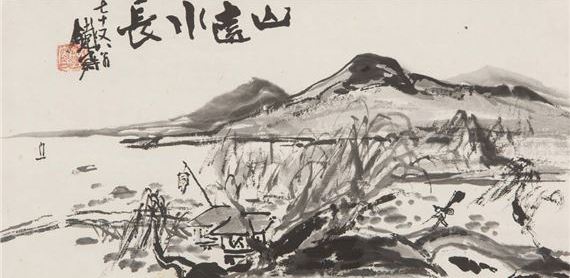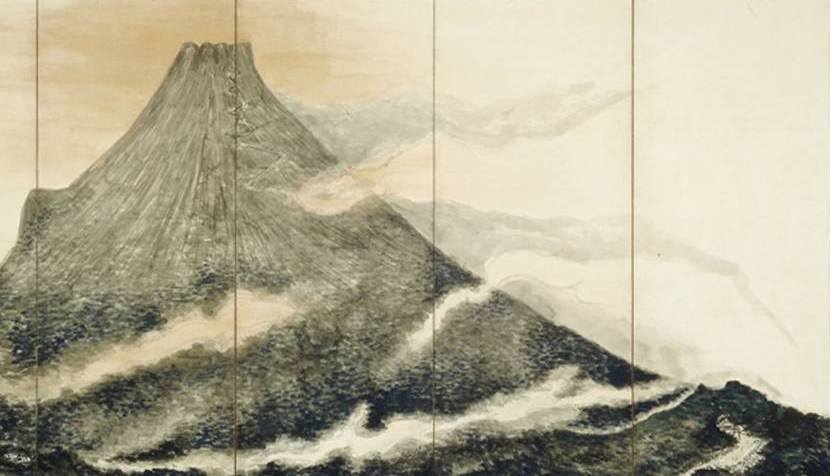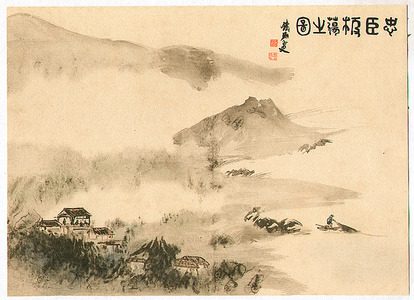Tomioka Tessai and Japan art: Flow of Edo, Meiji, and Taisho
Lee Jay Walker
Modern Tokyo Times

Tomioka Tessai (1837-1924) was born in a mainly isolated period in Japan. This concerns the Edo Period that would succumb to the Meiji Restoration in 1868. Of course, Chinese culture and ideas remained potent in Japan throughout the Edo Period. However, before the ending of Edo, the gradual encroachment of America and other Western nations was occurring.
Spirituality, philosophy, and the world of high culture were all embedded within the soul of Tessai. Yet, the Meiji Restoration would alter the dynamics of Chinese culture and civilization that had benefitted Japan enormously. Hence, Japanese nationalism responded to Western colonialism and modernization by copying similar ideas. Therefore, the power dynamics of Northeast Asia were changing dramatically.

Tessai was a bridge in the Japanese art world. For example, he spanned the ending period of eminent bunjinga artists (literati art that looked to Chinese art and ideas). Equally, he was among the earliest artists to focus on nihonga art (Japanese style art – that emerged during the Meiji Period).
Also, in the realm of religion, philosophy, and nationalism: Tessai is a bridge to the internal dynamics of the Meiji Period. Hence, during his informative years: he studied Buddhist scriptures, Confucianism, and Taoism. However, with anti-Buddhist edicts and the destruction of vast numbers of Buddhist temples and compounds, Tessai now began to support the restoration of Shinto shrines in tune with the changing power dynamics of Meiji.

The Kyoto City KYOCERA Museum of Art says, “Tomioka Tessai was born in Kyoto City, as the second son of a Buddhist vestment dealer. He studied Chinese-style painting in the combination style of both Northern and Southern schools, while being under the scholarly mentorship and support of the Buddhist poet Otagaki Rengetsu. After the Meiji Restoration, Tomioka served as a Shinto priest in present-day Nara, Osaka and Kyoto. Tomioka was an Imperial Household Artist. In his final years, he pursued the ideal of a free, unrestricted man of letters.”

PLEASE DONATE TO HELP MODERN TOKYO TIMES
Modern Tokyo News is part of the Modern Tokyo Times group
DONATIONS to SUPPORT MODERN TOKYO TIMES – please pay PayPal and DONATE to sawakoart@gmail.com
http://moderntokyotimes.com Modern Tokyo Times – International News and Japan News
http://sawakoart.com – Sawako Utsumi personal website and Modern Tokyo Times artist
https://moderntokyonews.com Modern Tokyo News – Tokyo News and International News
PLEASE JOIN ON TWITTER
https://twitter.com/MTT_News Modern Tokyo Times
PLEASE JOIN ON FACEBOOK